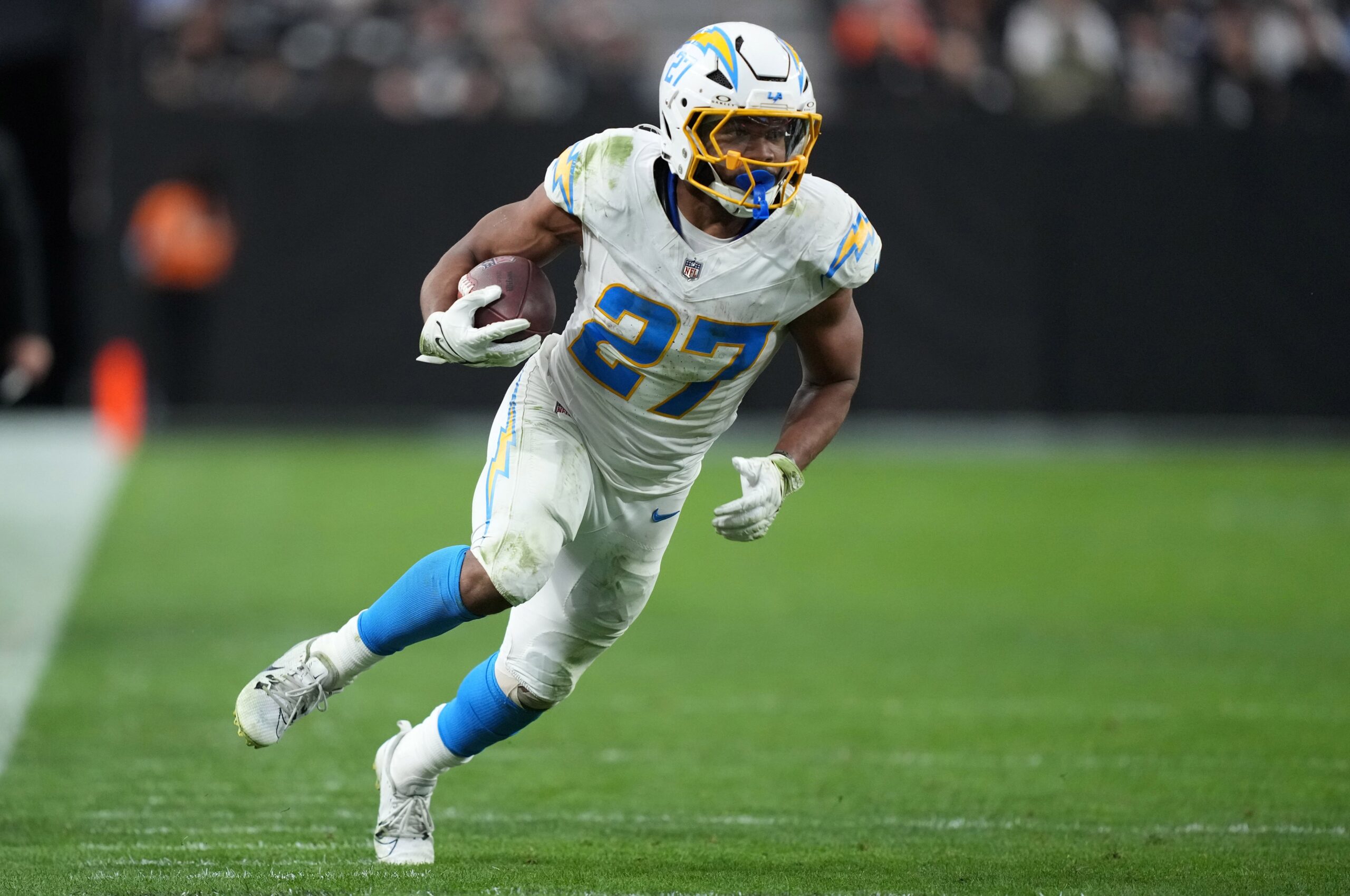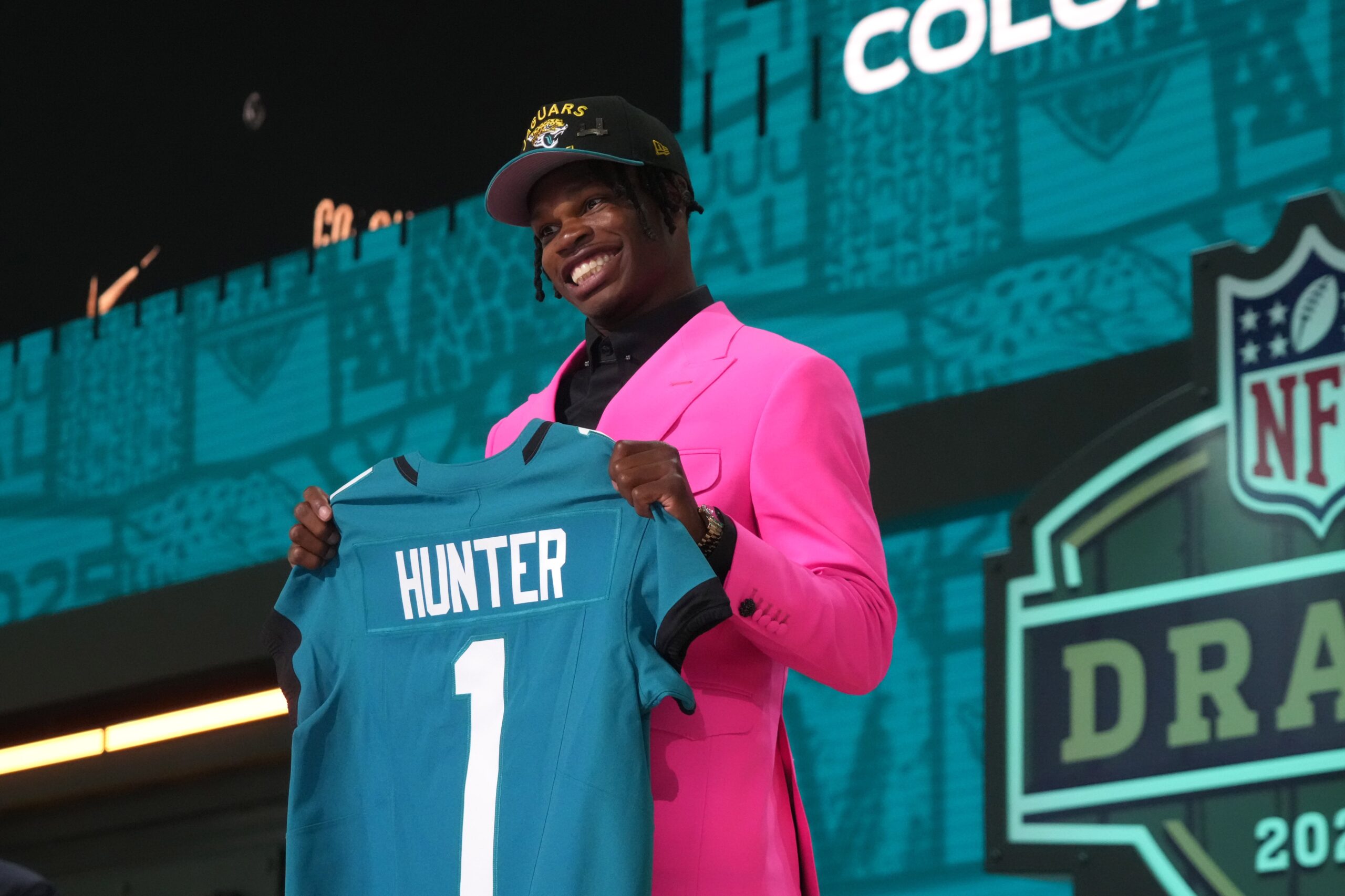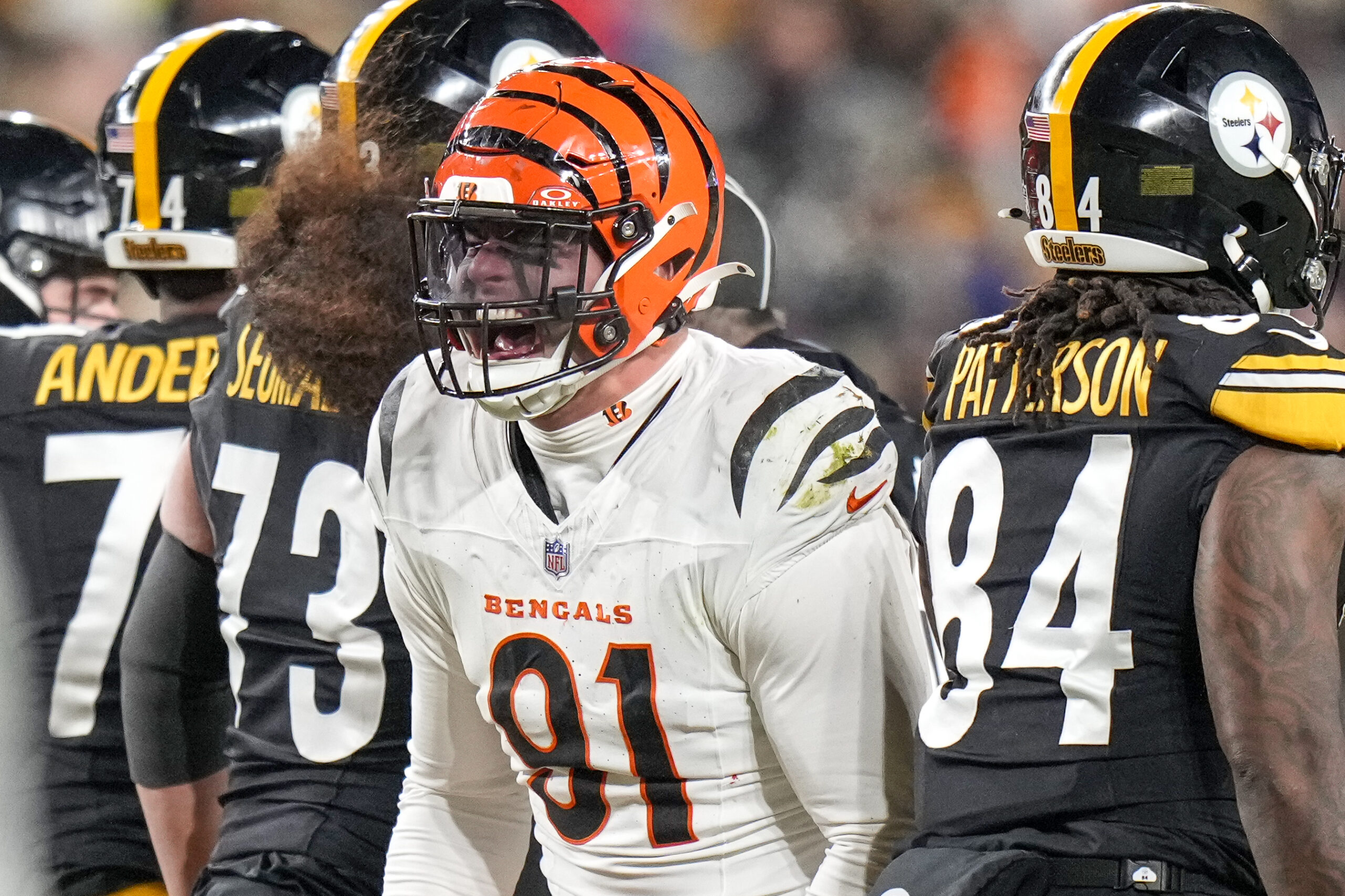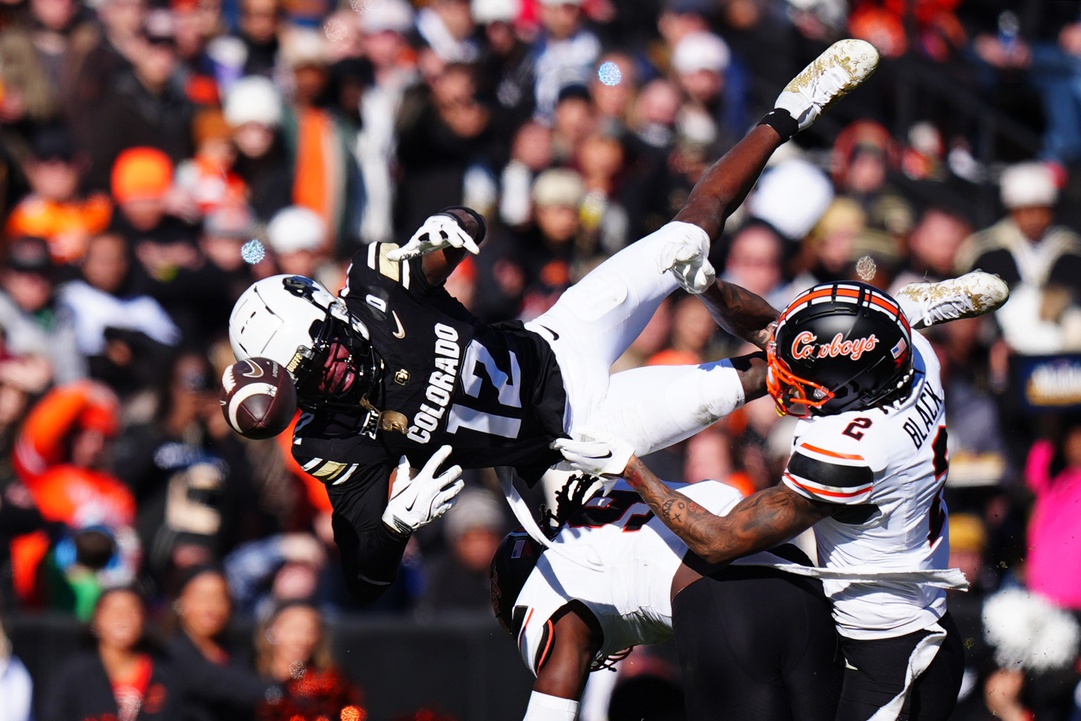NFL Analysis
12/6/23
13 min read
How Does the NFL Fix Its Poor Quality of Play?
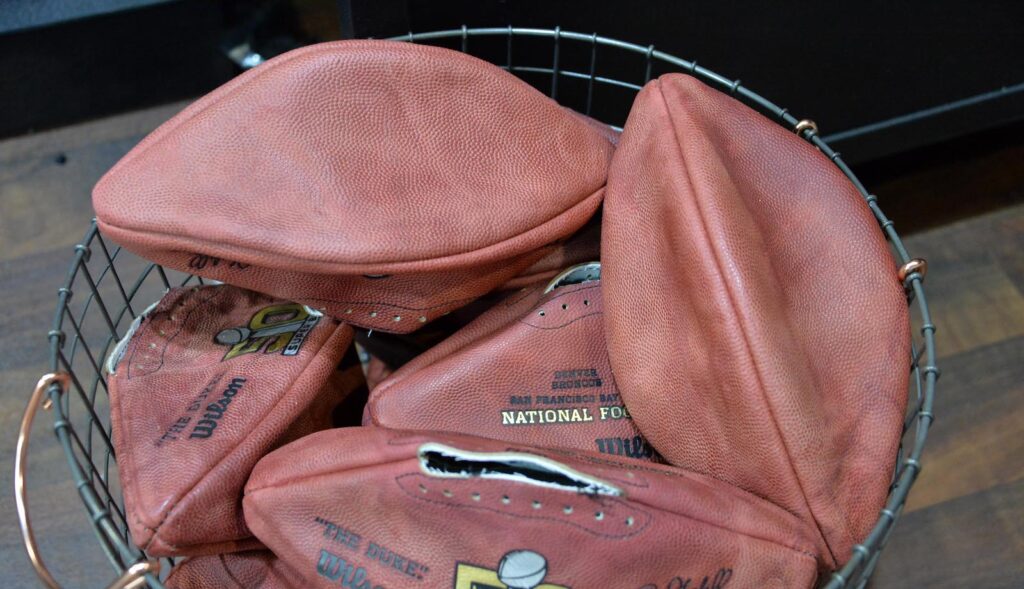
Tom Brady is right about the quality of play in the NFL and Commissioner Roger Goodell has a problem on his hands.
Brady’s comment last month about how much “mediocre” play he has seen this year raised eyebrows, even as some people tried to dismiss it as an older ex-player simply complaining. The problem is that influential podcasters such as Ryen Russillo openly talked about how “awful” the Sunday morning slate of games was last weekend. That comes atop some standalone night games that have been challenging to watch, such as the recent Minnesota-Chicago matchup.
As much as some people in the league like to say those are isolated situations, the stats say otherwise. Three important numbers indicate that the game is deteriorating in 2023:
- Scoring is down – teams average 21.7 points per game, tied for the lowest since 2009.
- Per Pro Football Reference, the league-average net yards per pass attempt this year is 6.0. That’s the lowest it has been since 2005.
- The quarterback rating for the league is 88.8, also the lowest it has been since 2017. It marks the third straight year of decline from the all-time high of 93.6 in 2020.
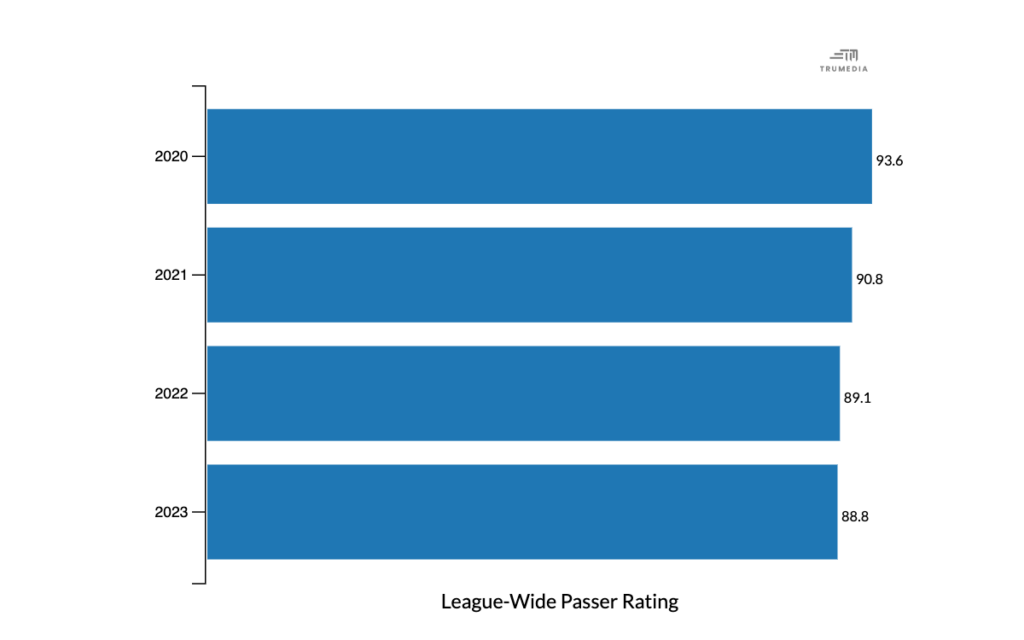
In the past, the fixes for dips in offensive performance revolved around rules changes or tighter enforcement, primarily in coverage between wide receivers and cornerbacks. It was a way to jerry-rig the game and make it easier for the supremely talented passers the league had at the time. Those included Brady, Peyton Manning, Drew Brees, Ben Roethlisberger and a younger Aaron Rodgers.
For many reasons, the fix is not that simple. That’s why The 33rd Team sought the opinions of Hall of Fame offensive lineman Tony Boselli, former offensive lineman and NFL Players Association President Eric Winston, former NFL team executives Joe Banner, Thomas Dimitroff and Amy Trask, and numerous former and current coaches to share their thoughts on what’s happening around the league.
“Try asking people to watch games like Jets-Atlanta (on Sunday),” Boselli said, referring to the Falcons' 13-8 victory. “I don’t want to sound like that ‘Get off lawn!’ guy, but this is a lot of bad football that we’re asking people to watch.”
Aside from the New York Jets-Atlanta Falcons tilt, the Los Angeles Chargers beat the New England Patriots 6-0, one of the five lowest-scoring games of the past 30 years and the second time the Patriots have been shut out this season. In two other early Sunday games – the Tampa Bay Buccaneers against the Carolina Panthers and the Arizona Cardinals against the Pittsburgh Steelers – only one of the quarterbacks managed more than 200 yards passing. Baker Mayfield had 202 for the Buccaneers.
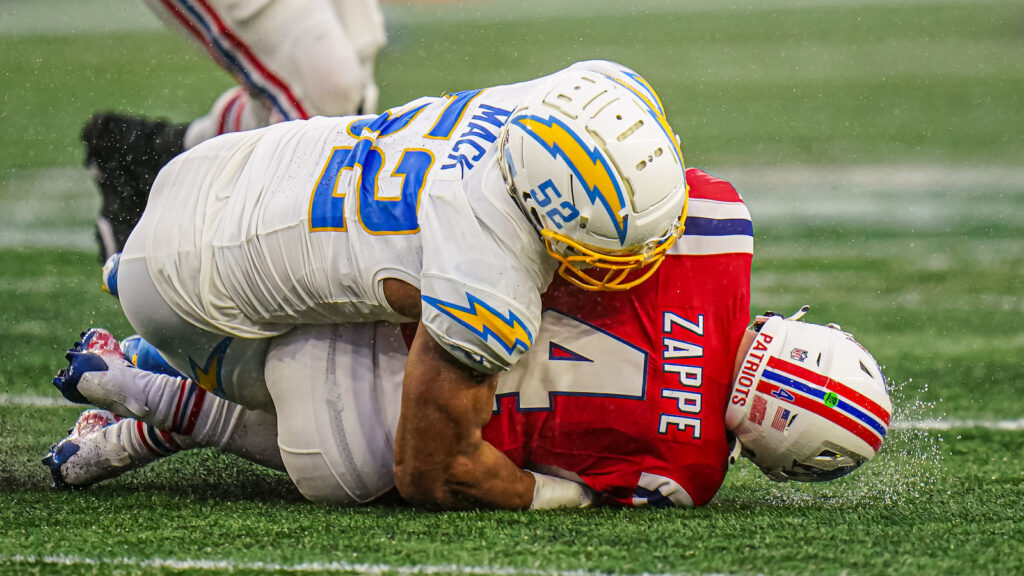
For his part, Banner disagreed with some of the premise of this article and believes that actual quarterback play is good. His issue is that he believes that some coaches are being too conservative in their playcalling to protect young quarterbacks. That was one of the criticisms Frank Reich received in Carolina with rookie quarterback Bryce Young before Reich was fired.
Multiple people in the group agreed that almost half the teams in the NFL right now are so bad on offense that they are nearly unwatchable. That list includes New England, the New York Giants and Jets, Washington, Cleveland, Pittsburgh, Chicago, Tennessee, Atlanta, New Orleans, Tampa Bay, Carolina and Minnesota.
And while passing offense is not the only measure of quality football, it is a major reason why the NFL has grown in popularity over the years. Additionally, almost every significant rule change made in the past 50 years has revolved around improving the passing game.
That said, here are the problems.
Quarterbacks' Decline, Injury, Conservative Play
Starting with the retirement of Peyton Manning in 2016, the NFL has lost four quarterbacks (Manning, Brees, Roethlisberger, and Brady) who are either in the Pro Football Hall of Fame or are likely to make it. There also are another two who might make it (Eli Manning and Philip Rivers). If you add the injury (and likely retirement in the next year or two) to Rodgers, that’s seven great quarterbacks who have left the game.
Great quarterbacks know how to function when situations get bad. Last season, the Tampa Bay offensive line was riddled with free agent losses and injuries. Brady made the offense functional, even if it was a long way from good. Even Peyton Manning in the injury-riddled days of his final season was able to make the Denver Broncos good enough to win the Super Bowl.
Rodgers is also at the head of a long list of quarterbacks who have been hurt this year, including Joe Burrow, Deshaun Watson, Kirk Cousins, Ryan Tannehill, Anthony Richardson, Daniel Jones, Justin Fields, Matthew Stafford and Trevor Lawrence.
While several excellent quarterbacks have joined the league, including Patrick Mahomes, Burrow, Josh Allen, Jalen Hurts, Dak Prescott, Lamar Jackson, Justin Herbert and Tua Tagovailoa, there is only one (Mahomes) who has a resume that looks like he’s on an obvious path to the Hall of Fame. Moreover, there are roughly 10 teams that could easily change quarterbacks by next season. That’s not counting some teams like the Jets, Denver and Arizona where the long-term situation is questionable.
Decline of Offensive Line Play
This has been a constant refrain of coaches and football observers for almost 20 years and has been highly impacted by trends and practice changes.
First, the trend toward more open/spread formation offenses, particularly at the college level, has led to offensive linemen who come to the NFL ill-prepared for the basics.
“We have guys who come into the league who have never even played in a three-point stance,” Boselli said. “Playing offensive line is a really technical thing because you mostly have guys who are generally lesser athletes playing against defensive linemen who are better athletes and are usually going forward while the offensive lineman is going backward. It’s a process that requires a lot of repetition and communication among the five guys.”
However, the restrictions on practice time and the amount of hitting that are allowed under the current version of the Collective Bargaining Agreement that was adopted in 2011 have made it harder to train offensive linemen in the classic way. In the eyes of some assistant coaches, that has become an excuse.
“Yes, it’s harder to coach offensive line, but that doesn’t mean you don’t work at it,” one assistant coach said. “Frankly, a lot of coaches are just lazy.”
Lacking the time to technically train players, many teams and coaches have turned to simply larger offensive linemen who both take up more space and simply absorb punishment.
Or as one offensive line coach said last week: “We have a bunch of fat ass guys out there right now who can’t move and just take up space in pass protection. They can’t actually move … to set up the running game. It’s awful.”
Stupid Play Design
There was an epiphany on Sunday during the CBS halftime show during the morning games. The network was showing highlights of the Arizona-Pittsburgh game. Specifically, there was a fourth-and-goal play from the Arizona 1-yard line in which the Steelers unsuccessfully ran and were stopped on the way to an upset loss to the Cardinals.
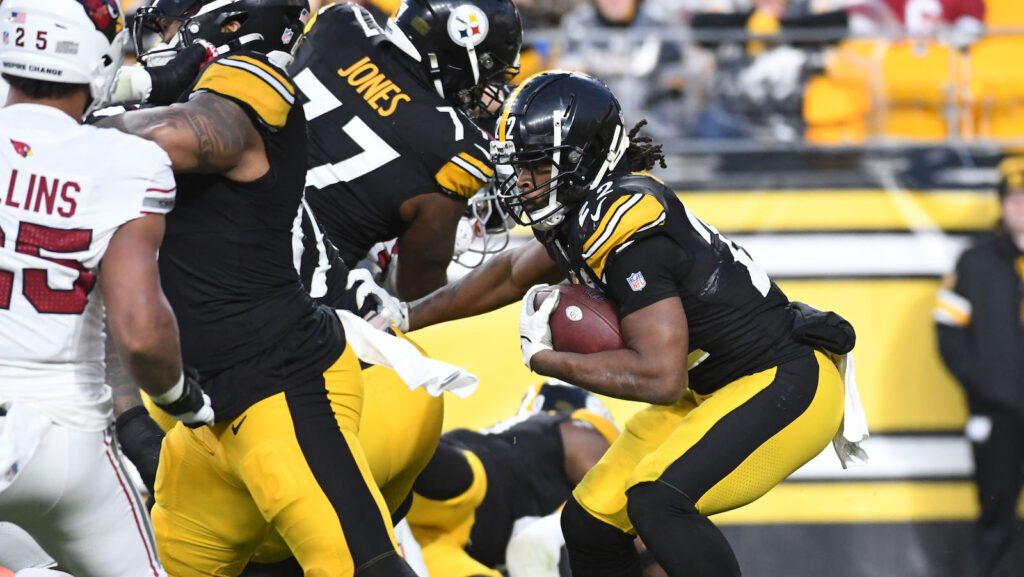
For football purists, the worst part about the play was that the Steelers had lined up in shotgun formation, essentially giving the Arizona defensive line a free run to attack the line of scrimmage and get in the backfield before the handoff.
CBS analyst and former Pittsburgh head coach Bill Cowher voiced the highlight and said, "He gets stuffed from the shotgun – which I'm not sure why." It was a direct shot at a play design that was both mind-boggling and emblematic.
Far too often in today’s NFL, offensive coordinators and head coaches do not put defenses in enough “conflict” of thought in anticipating whether the play will be a run or pass or simply how to attack a play. Spread offenses where the tight end is usually split away from the end of the line and the quarterbacks is in shotgun may look cool and create a lot of big plays in the passing game.
However, defending them is relatively easy.
“I see so many offenses now where both sides of the line are open,” said former longtime offensive line coach Hudson Houck, who led the great Dallas offensive lines of the early 1990s. Houck was referring to in classic pro-style offense the tight end used to be stationed next to one of the offensive tackles (usually the right tackle). “If you have that, you’re just inviting the defense to run up the field and attack you all the time.”
Another coach was blunt.
“We have coaches who don’t want to actually design an offense that puts the defense in conflict (about whether the play is run or pass). They just want to call plays that they think are cool but don’t actually set up the running game off the pass or the pass off the run,” the coach said.
The explosion of the spread offense over the past 20 years has had a lot to do with that. While it has had some positives such as more young quarterbacks getting a chance to throw the ball more often from an earlier age, it has also created coaches who believe the spread can work at the highest levels of football.
Those coaches don’t understand that the spread offense came from the high school level and was made popular by teams that were usually undermanned and unable to compete in the conventional style. In short, it was a gimmick. Once it became the norm, it has become easier to attack.
Defensive Personnel, Philosophy Changes
Winston pointed out that there have been two critical defensive changes that go hand in hand. First, there has been an increase in the number of freakishly good pass rushers and defenses are less concerned with all-out stopping the run.
“Even when I first got into the league in 2006, most defenses still had that anchor left defensive end who was at least 275 or 285 pounds,” Winston said. “He was there to stop the run and they had one guy on the other side to rush the passer. Now, you have all these 250- or 255-pound guys out there on both sides rushing the passer.
“Yeah, Micah Parsons is great and he’s a physical freak. But everybody has guys like that now, like T.J. Watt, and they usually have two or three. Sure, we had guys like that when I was playing, like a Jevon Kearse, but now they’re everywhere and the 285-pound guys are gone.”
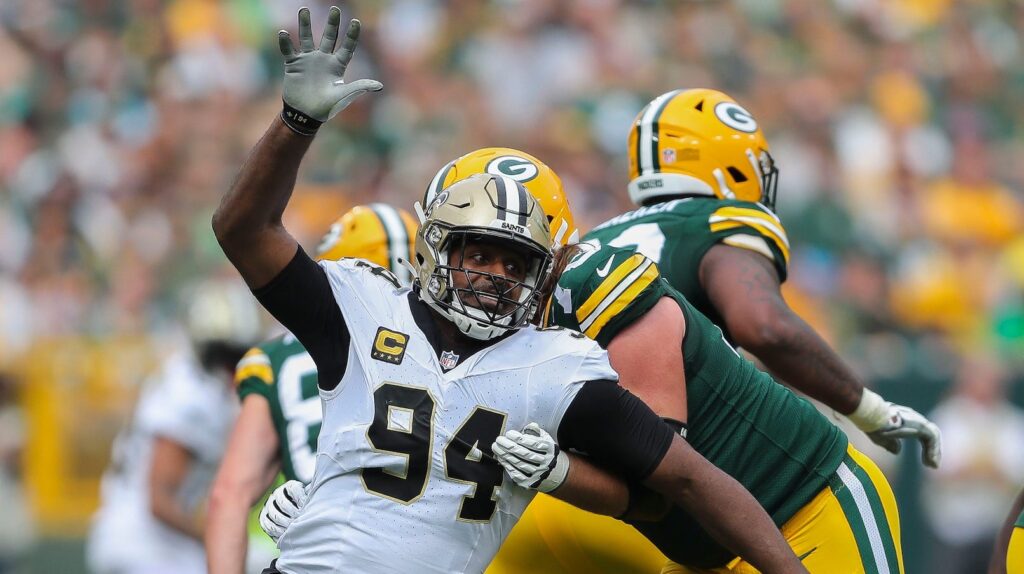
Of the 19 teams that run a base 4-3 defense as their primary alignment, there are only two that have left defensive ends who weigh as much as 275 pounds (Joey Bosa of the Los Angeles Chargers is listed at 280 and Cam Jordan of New Orleans is 287). The rest of those teams have guys who go mostly at 265 pounds or even lighter, including Nick Bosa of San Francisco, Aidan Hutchinson of Detroit and Max Crosby of the Raiders.
The tradeoff for playing lighter in the past was that a defense would be more susceptible to the run. In today’s NFL, that’s OK. As Dimitroff, who does heavy analytics as the CEO of Sumer Sports, noted, the stats show that defenses increasingly ignore the running game to focus on playing the pass.
“The 2023 season has had the lowest in-the-box count of offensive plays since 2014,” Dimitroff said. “On 51.1 percent of all plays, defenses have had six or fewer men in the box. That’s up from 48 percent in 2022 and 46.8 in 2020. The 2023 season has highest percentage of middle-of-the-field-open looks for a decade at 41.8.”
A league that once stacked seven defenders in the box consistently and often played with eight nearly the line of scrimmage to stop the run now drops more and more defenders into coverage. As Dimitroff summarized, “Softer boxes are killing the passing game.”
Owners Focus on Profits, Not Physical Performance
Goodell’s greatest legacy is that he made his bosses richer than ever. Since the signing of the 2011 CBA, the NFL has seen unprecedented growth in franchise value. As of the start of the 2023 season, the average NFL team was worth $4.6 billion.
In 2011, the average team was worth $1 billion.
NFL Franchise sales since 2000
| Year | Team | Sale price |
| 2023 | Washington Commanders | $6.05 Billion |
| 2022 | Denver Broncos | $4.65 Billion |
| 2018 | Carolina Panthers | $2.275 Billion |
| 2014 | Buffalo Bills | $1.4 Billion |
| 2012 | Cleveland Browns | $1 Billion |
| 2012 | Jacksonville Jaguars | $770 Million |
| 2010 | St. Louis Rams | $750 Million |
| 2008 | Miami Dolphins | $1.1. Billion |
| 2005 | Minnesota Vikings | $600 Million |
| 2004 | Baltimore Ravens | $600 Million |
| 2002 | Atlanta Falcons | $545 Million |
| 2000 | New York Jets | $635 Million |
That growth is a product of Goodell’s aggressive approach to business in almost every corner of the football market. From media contracts to holding down player salaries, Goodell has been a genius. Likewise, owners such as Robert Kraft, Jerry Jones and Stan Kroenke have put a high priority on the profitability of the league.
But that has come at a cost, Trask said.
“In the past, many of the owners would sit around and discuss the quality of the game,” Trask said. “You had people like Al (Davis of the Raiders), Lamar Hunt (of Kansas City) and Ralph Wilson (of Buffalo) who were sportsmen who cared about the game and talked about the game.”
As the likes of Davis, Hunt and Wilson have died off, their focus has been replaced by the owners who care about the business side. As new owners such as Terry Pegula, David Tepper and Josh Harris have paid higher and higher prices to acquire teams, the emphasis on the business side has increased. That’s completely natural.
At the same time, finding owners who understand the nexus of issues that impact how the game is played is hard. Getting them to listen to people who are concerned that the product is getting harder and harder to watch is difficult. As Hall of Fame executive Bill Polian noted in a conversation recently, every time people try to tell Goodell that the quality of the game is bad, he points to the ratings that show how viewership has increased.
While that’s hard to argue, there is no arguing the fact that what the masses are watching is not on par with what it has been in the past. And just as Major League Baseball once found out that a boring product doesn’t make for good television, the NFL may find out the same one day if it’s not careful.


